Is this the simplest way to declutter your home? The ‘Didn’t Know’ decluttering trend can streamline your home and ‘reduce the overwhelm’
It's easy and effective to ditch belongings you didn’t know you had

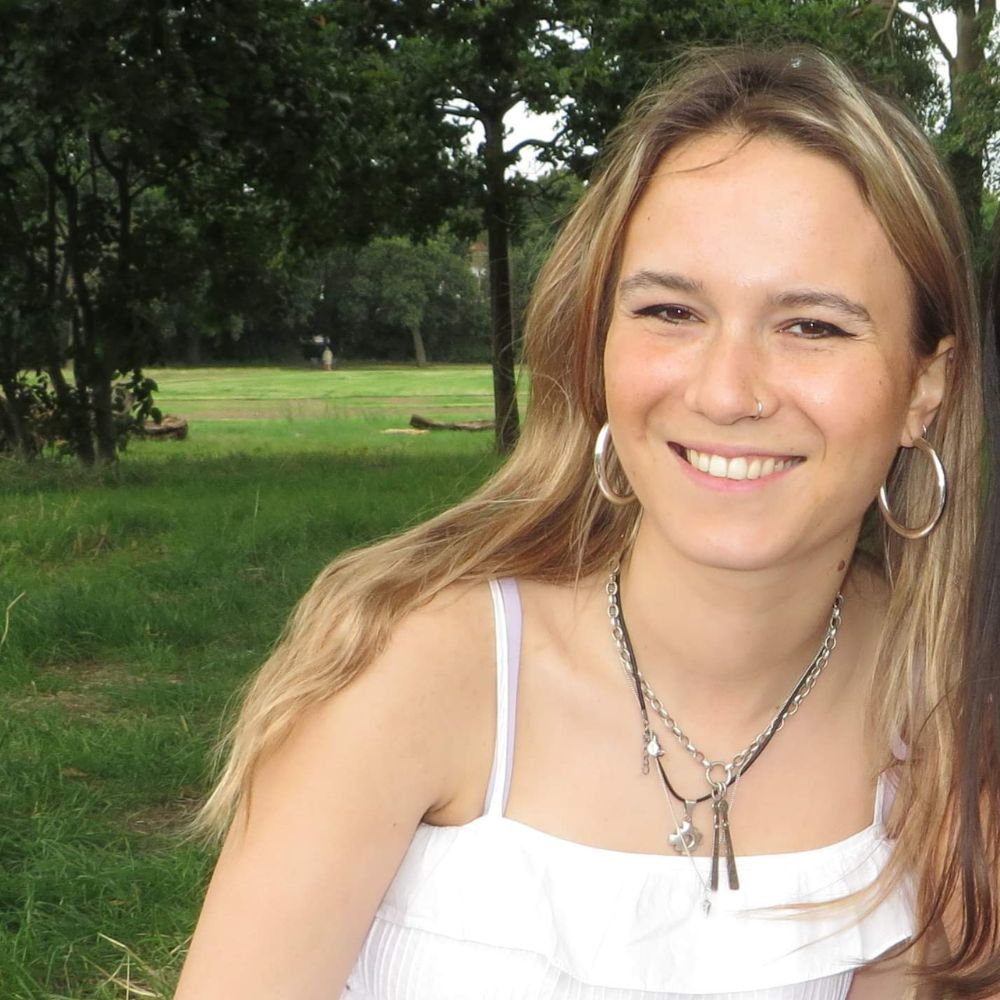
Some of the biggest hurdles when tackling decluttering is knowing where to begin and what exactly to ditch from your long list of belongings.
With so many different decluttering methods out there, embarking on a project to streamline your messy home can feel overwhelming. That's where the Minimalists’ genius ‘Didn’t Know’ method can come to your rescue. Simply pick a space to declutter, and ditch any items you didn’t know you had.
We’ve spoken to our experts for their ‘Didn’t Know’ decluttering tips, so you can organize your with ease for a harmonious, clutter-free home.
How the 'Didn't Know' decluttering method can help you streamline your space
What is the ‘Didn’t Know’ decluttering method?
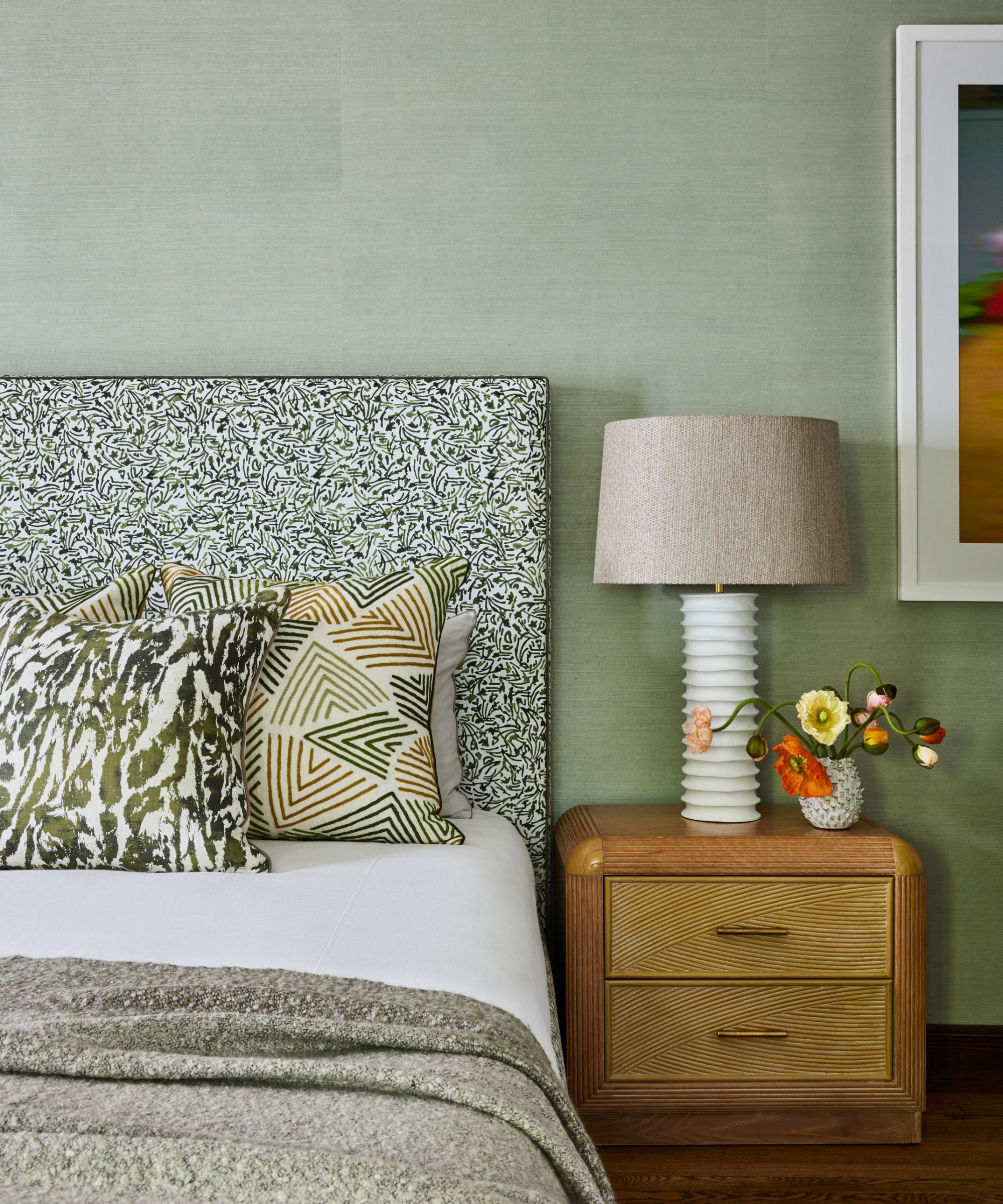
Coined by famous decluttering duo Joshua Fields Millburn and Ryan Nicodemus, known as The Minimalists, who help millions with their tips, coined the phrase.
Justin Waltz, brand president of The Junkluggers explains, 'The "Didn’t Know” decluttering method definition is if you find something you didn’t know you owned, and doesn’t serve a useful purpose now or won't in the future, you should allow yourself to let it go. Instead of focusing on emotional attachment or potential resale value, this decluttering method encourages you to assess items by whether you’ve used them or even been aware if they exist in your home.’
This method speaks to our natural hoarding tendencies, forcing us to take stock of all the items we have accumulated without even realizing, and the space that is wasted by housing them. It also helps us look at our belongings through a useful filter: if you didn't know you had it, how much do you really need it?
Melanie Summers, speaker at I Speak Organized, views this decluttering method as a ‘gentle exploration of your home’, taking the pressure of having to do a ruthless declutter.
‘The ‘Didn’t Know’ decluttering method allows you to unearth items that have quietly slipped into the background,’ she says. ‘It’s all about finding those hidden treasures you might not even remember owning,’ and decluttering anything you don’t want or need along the way.
How to use the ‘Didn’t Know’ decluttering method in your own home
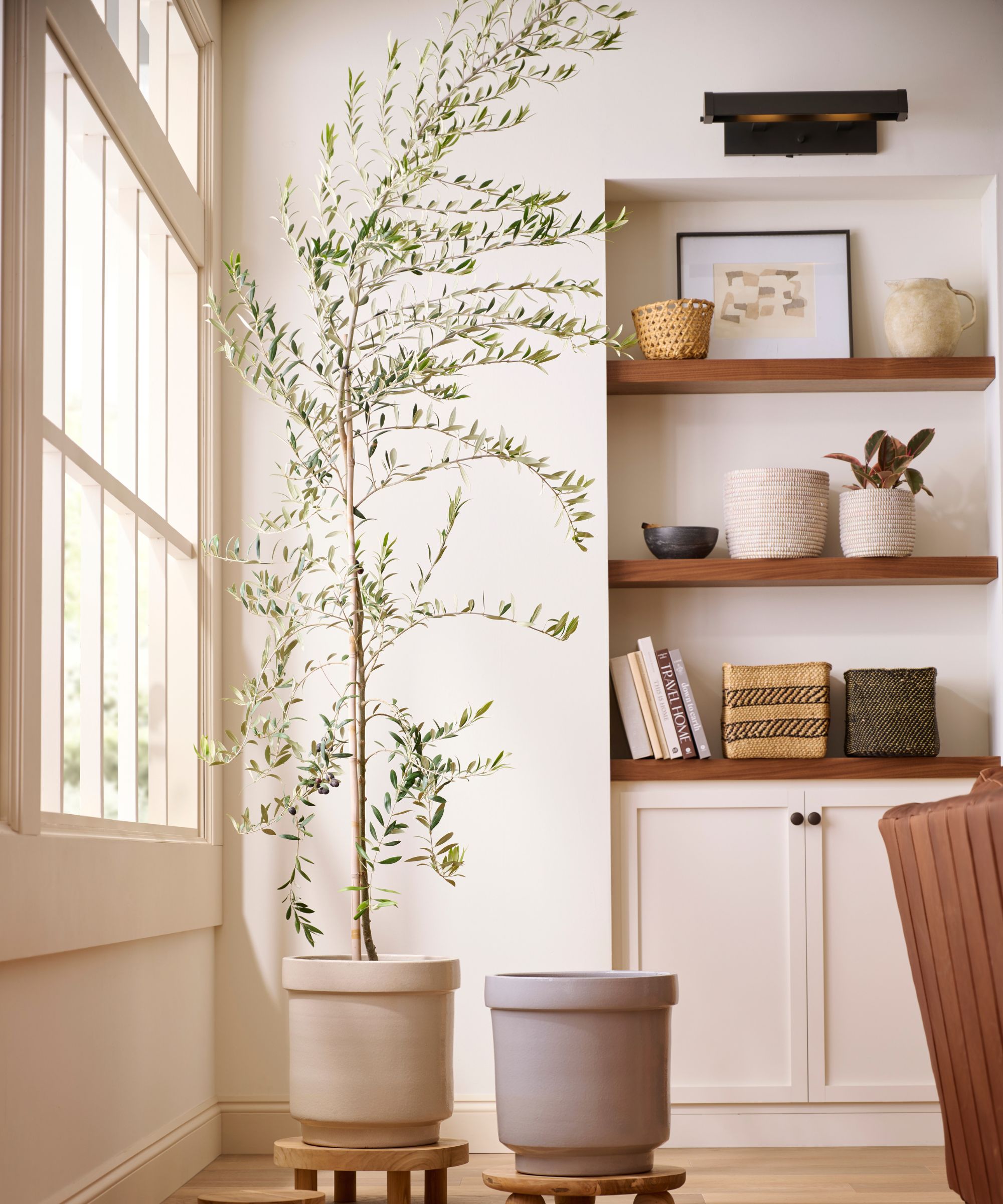
Marshall Webber, CMO of Stor-It, recommends harnessing the ‘Didn’t Know’ decluttering method as you would an achievable cleaning routine, incorporating it into your weekly household tasks and decluttering as you go.
‘This is best done during cleaning sessions, as the point of this is to be surprised by what you find,’ he says. ‘Sometimes I think that when we mentally prepare ourselves to get rid of belongings, we change the way that we view our “property” and those hoarding tendencies kick in.’
This instinct can cause us to unnecessarily hold on to items that we don’t need or actually want. Evolutionary psychology tells us having tools that help us keep us safe and alive so it can be a hard instinct to overcome.
Waltz recommends a more hands-on approach, setting aside time to go through all your belongings, room by room. He says, ‘Go through your belonging and gather items that you haven’t used or thought about for a while. These are things you’ve forgotten about or haven’t missed. For each item, ask yourself if it serves a current purpose, or if it might be useful in the near future. If not, donate, sell, or discard the items you decide to declutter.’
Importantly, this rule works by instantly sorting items out into keep, donate or discard, making the process much simpler and easier. For example, if something hasn’t been used or worn for a year or more, chances are you won’t miss it. Keep a set of reusable baskets, such as a set of three Water Hyacinth Woven Baskets With Handles from Amazon, handy to sort your items as you go
‘If you come across something you didn’t know you had, and it is in good working order, it can automatically go into the donate box,’ says Diane Quintana, certified professional organizer in Chronic Disorganization and owner at DNQ Solutions. ‘You don’t need to think it over.’
So, put on some music or a podcast, grab a sturdy trash bag that won't rip, such as the Hefty Strong Large Trash Bags available at Amazon, and get to work. You'll be amazed at how quickly and effortlessly you fill it with belongings you didn't know you even owned, and you might even find some forgotten gems along the way.
Why the ‘Didn’t Know’ decluttering method works
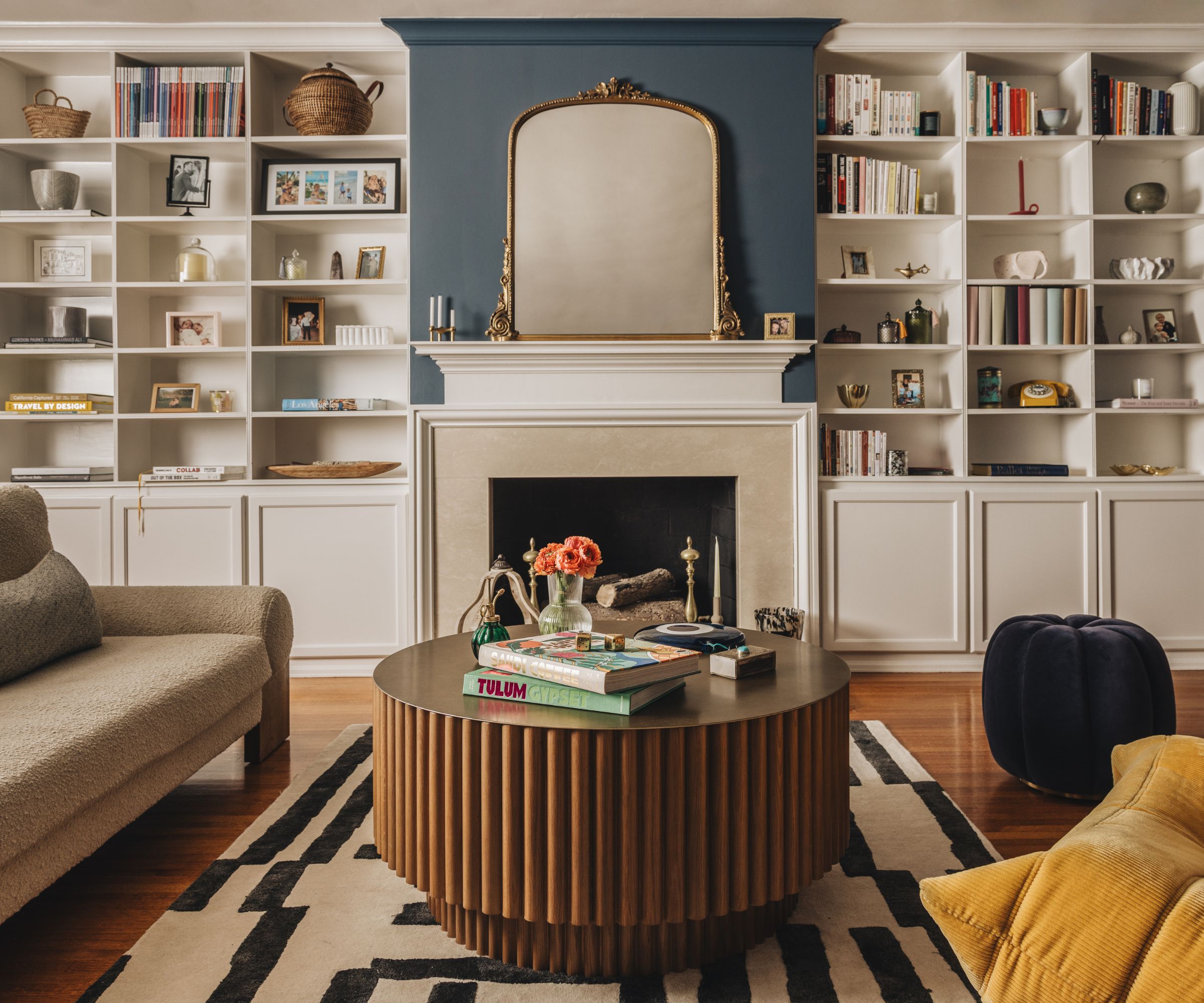
Ultimately, the effectiveness of this method lies in the 'permission' it grants you to let go of things which no longer serve you. If you didn't know you had it, or forgot about it, it's OK to get rid of it. You don't have to now find a purpose for it just because at some point in the past, you bought, inherited or were gifted it.
‘As a home organizer, I've seen how this rule can make a big difference for people who find it hard to get rid of things,’ says Tina Priestly, home refresh and organization expert at Ready, Set, Refresh. ‘It helps them focus on what they actually use, making their homes less cluttered and more organized.’
Waltz points out that the method works well as it ‘reduces the overwhelming feeling that decluttering sometimes can create,’ increasing awareness of your belongings and removing the sense of doom that can arise when taking on such a task, while offering the perfect place to start decluttering.
‘This rule gives people permission to put their guilt aside, declutter, and move on,’ says Quintana. ‘People often feel guilt or shame for wasting money by buying things and forgetting they have them. It can happen, though, that people will say something like “I forgot I had this,” but want to keep it. If this happens, we have a discussion of where the item will be kept so they remember they have it.'
For anything you decide to keep, adopt a suitable storage idea that works for you and your space– just because something is functional doesn't mean it can't be beautiful, too.
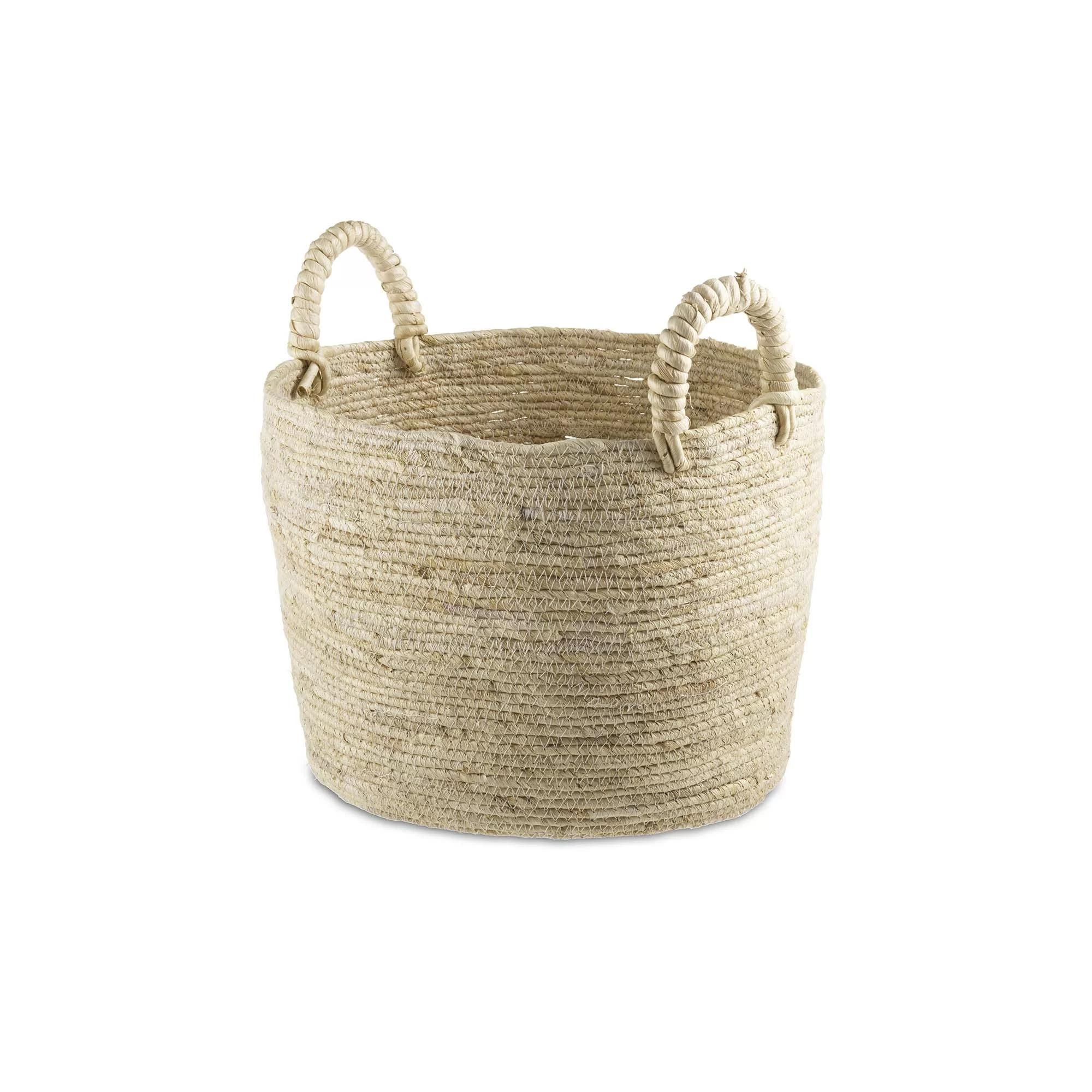
This storage basket combines function with style. Made of a unique mix of dried leaves from harvested corn plants, it's eco-friendly, affordable and multi-functional, suitable for use anywhere around the home.
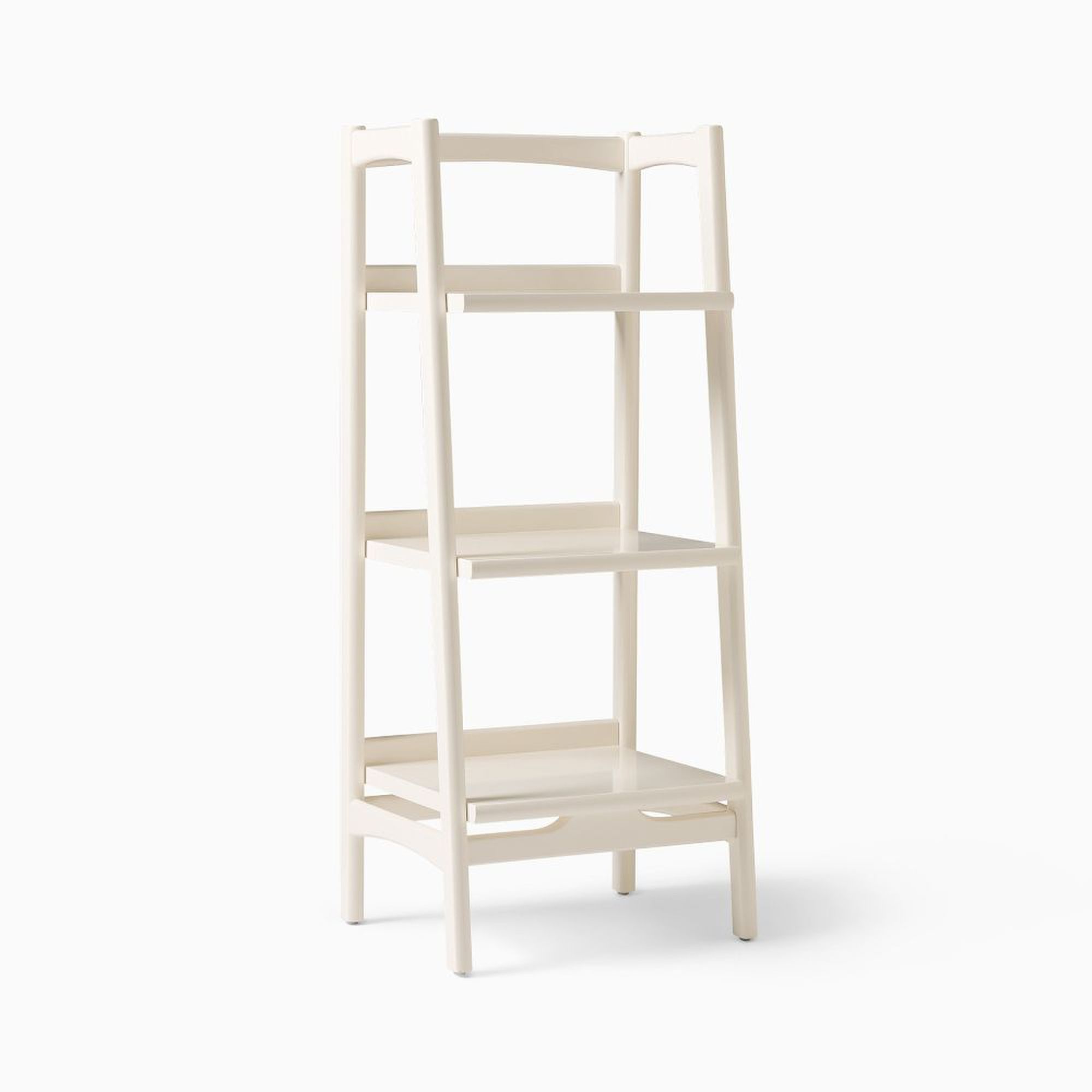
This shelving solution offers vertical storage with a small-space, compact footprint, perfect for use in the bathroom or bedroom. Store heavier items on the lower shelves for added stability.
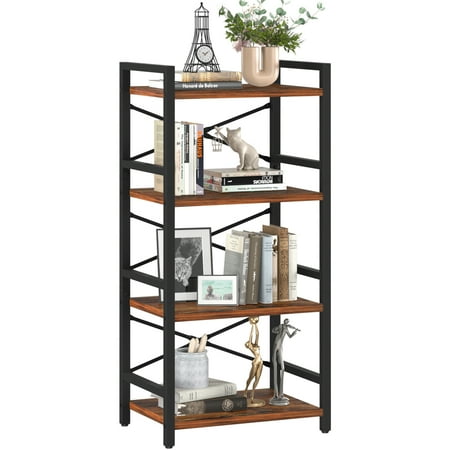
For organizing your books, plants, photographs and art, this industrial style bookshelf is made of high quality steel and MDF, for a stable and secure storage solution that's easy to assemble
FAQs
What is the one touch rule for avoiding clutter?
Much like the ‘Didn’t Know’ method, harnessing the one touch tidying rule for decluttering in your own home is as easy as it sounds.
Simply deal with clutter immediately, with one touch. No leaving stuff in piles to deal with later, or popping washing up in the sink for a soak. Dealing with things with one touch, and one movement, will successfully cut clutter, and reduce time and effort you’ll have to spend doing these tasks otherwise.
How do you make a place look less cluttered?
While the best way to make a place look less cluttered and actually keep it that way is to declutter, sometimes there simply isn’t time.
Clearing any belongings off the floor, closing cabinet doors and closet drawers, and straightening chairs and furniture can all make your space look less cluttered quickly. Try to put away any things that you’ve been putting off doing, like your clean laundry, and you’ll be amazed at how much tidier your space looks.
You can also use a tray to collect multiple items together without needed to put them away, reducing the sensation of visual clutter.
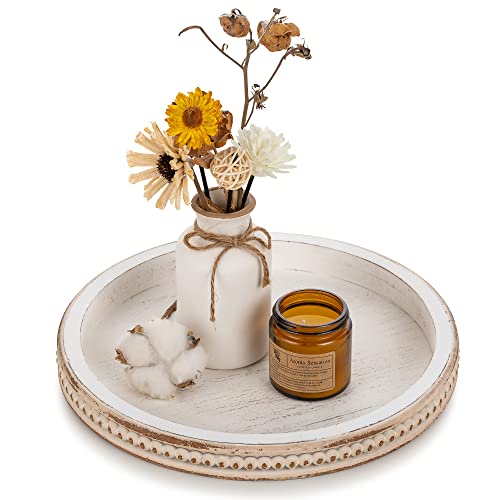
This cute little tray will work in most spaces, but especially if you like a rustic, farmhouse or coastal aesthetic in your home. Group a few items cluttering up a surface here instead to reduce visual noise in the room you don't have time to declutter.
To make the most of the ‘Didn’t Know’ rule, Priestly recommends pairing it with the 12-12-12 decluttering method.
‘Find 12 items to throw away you “Didn’t Know” you had, 12 items to donate and 12 items to put back where they belong,’ she says. ‘It’s an easy and effective way to start decluttering your space.’
Once you’ve mastered incorporating the ‘Didn’t Know’ decluttering rule into your daily routine, you can declutter as you go for effortlessly tidy interiors.
Sign up to the Homes & Gardens newsletter
Design expertise in your inbox – from inspiring decorating ideas and beautiful celebrity homes to practical gardening advice and shopping round-ups.

Ottilie joined Homes & Gardens last year, after finishing a Master's in Magazine Journalism at City, University of London. With previous contributions in Livingetc and Motorsport Magazine, she produces content for the Solved section on the website, focusing on clever tips and tricks to keep your home beautiful, organized and clean. She also has an undergraduate degree in English Literature and History of Art from the University of Edinburgh, where she developed a love for inspiring interiors and architecture.
-
 How to clean a patio – 6 different methods, and when you must use a chemical cleaning agent
How to clean a patio – 6 different methods, and when you must use a chemical cleaning agentFrom manual scrubbing, natural solutions or calling in the pros, industry experts reveal the benefits and considerations of each method
By Andy van Terheyden Published
-
 Kris Jenner's favorite air fryer, the Ninja Crispi, is the perfect small kitchen solution – it deserves a place on the most compact of countertops
Kris Jenner's favorite air fryer, the Ninja Crispi, is the perfect small kitchen solution – it deserves a place on the most compact of countertopsKris approves of this compact yet powerful air fryer, and so do our own kitchen appliance experts, praising it for its multifunctionality
By Hannah Ziegler Published
-
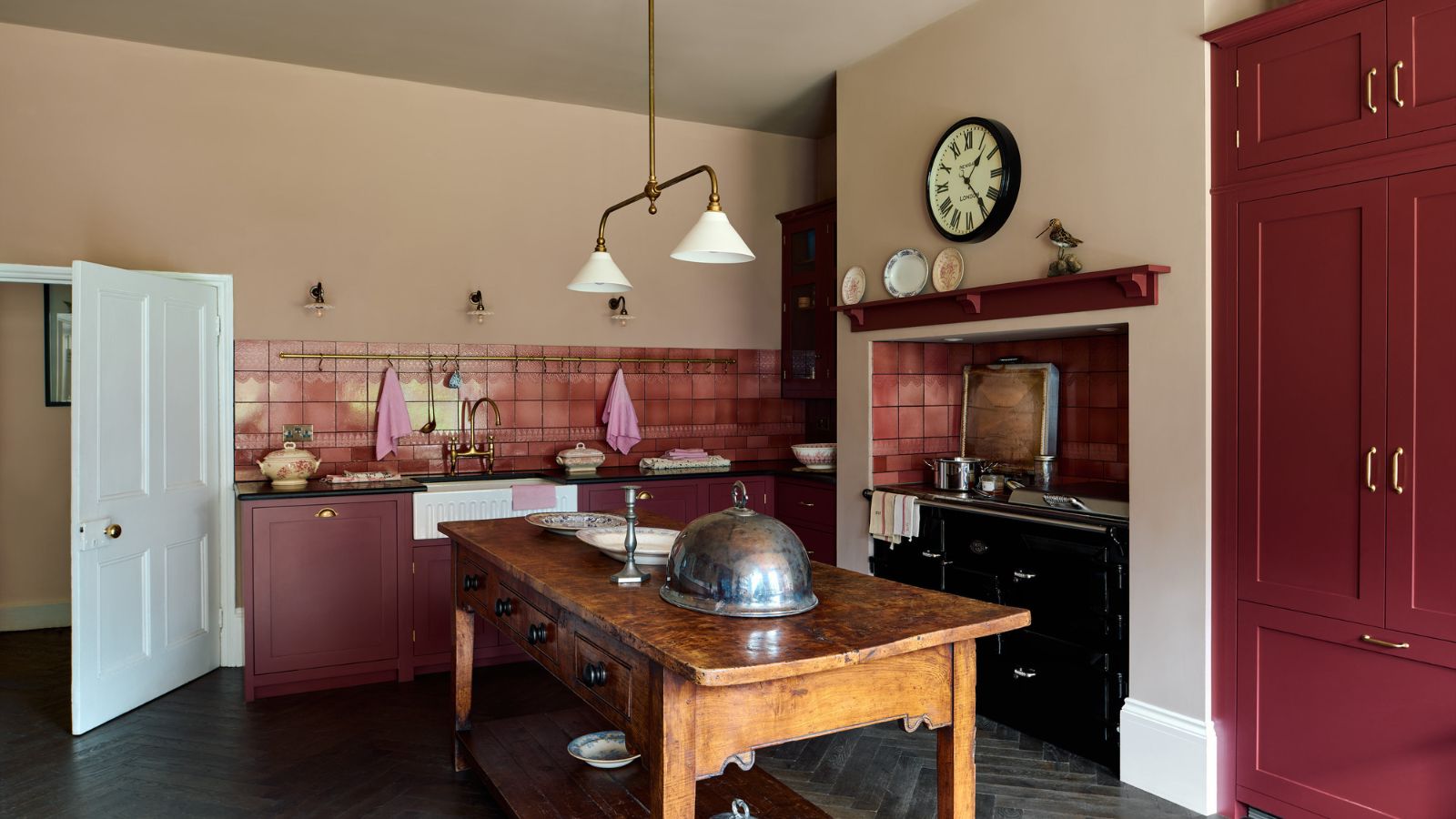 It’s a concept straight out of a fashionista's playbook, but I used the Sandwich Method to organize my kitchen shelves – it’s never looked sleeker
It’s a concept straight out of a fashionista's playbook, but I used the Sandwich Method to organize my kitchen shelves – it’s never looked sleekerIt transformed messy to mesmerizing in a matter of seconds
By Punteha van Terheyden Published
-
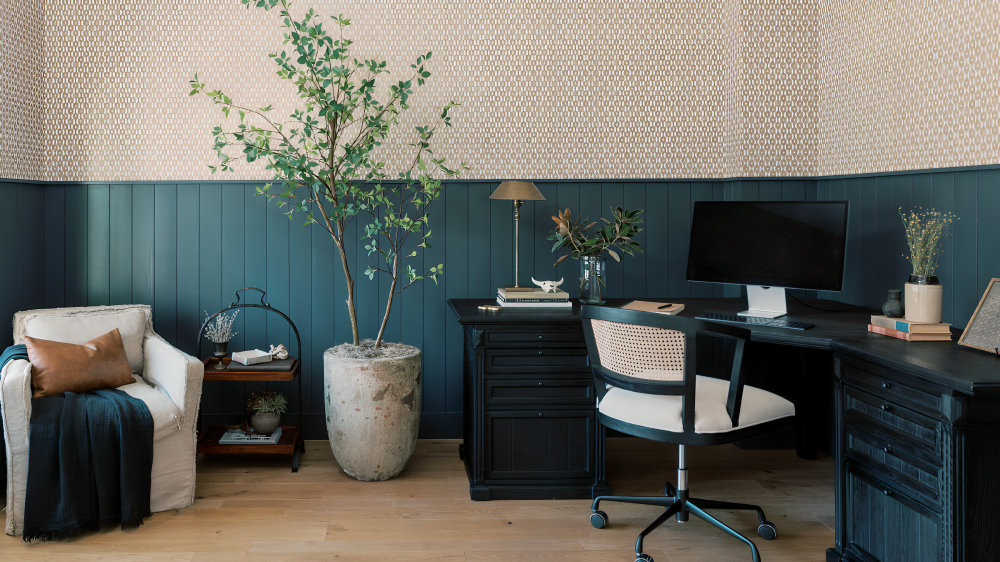 The value-based decluttering method changed my attitude toward the task – and turbocharged functionality in my small home
The value-based decluttering method changed my attitude toward the task – and turbocharged functionality in my small homeIt's proven to be transformative for my home over the last six months
By Chiana Dickson Published
-
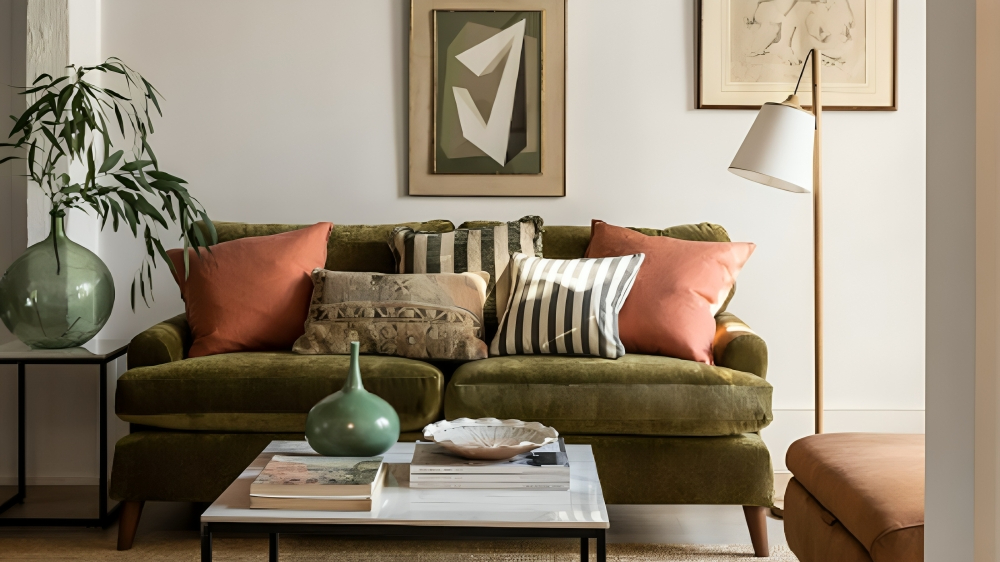 5 low-energy and useful tasks to try instead of doom-scrolling – this brain hack will break bad habits
5 low-energy and useful tasks to try instead of doom-scrolling – this brain hack will break bad habitsExperts urge you to try it for your wellbeing
By Chiana Dickson Published
-
 How to store a comforter or duvet properly over the warmer months – pros say 'breathable is the buzzword'
How to store a comforter or duvet properly over the warmer months – pros say 'breathable is the buzzword'Clean, air out, fold and roll your way to a fresh and fluffy duvet
By Ottilie Blackhall Published
-
 This tiered Joseph Joseph dish rack solved the constant sink-side traffic jam in my kitchen
This tiered Joseph Joseph dish rack solved the constant sink-side traffic jam in my kitchenI wish I’d swapped to it sooner
By Punteha van Terheyden Published
-
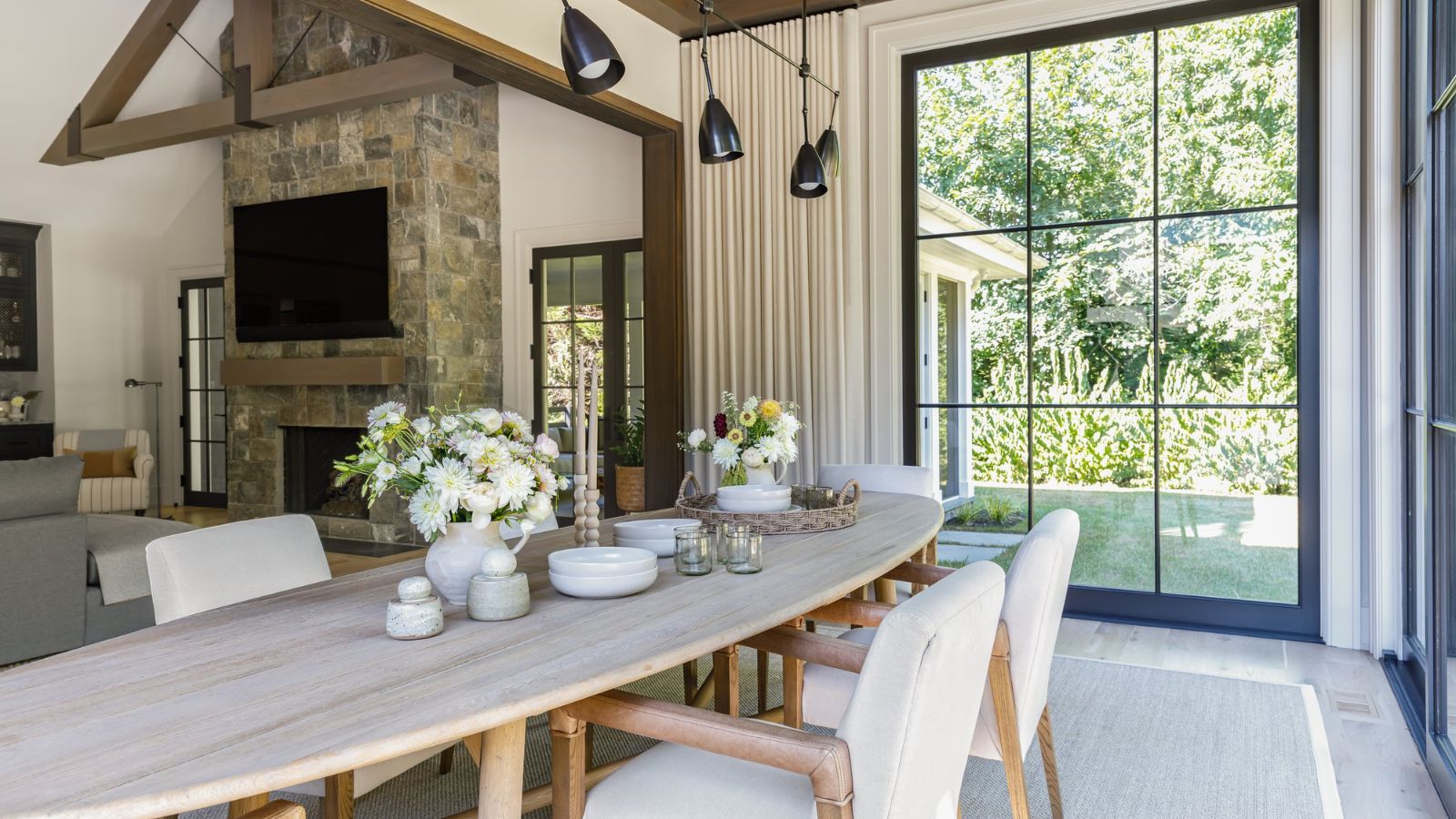 ‘An important tenet in staying organized’ – 6 easy habits for a more minimalist and streamlined home
‘An important tenet in staying organized’ – 6 easy habits for a more minimalist and streamlined homeWorking on these organizational habits will make your home more manageable
By Chiana Dickson Published
-
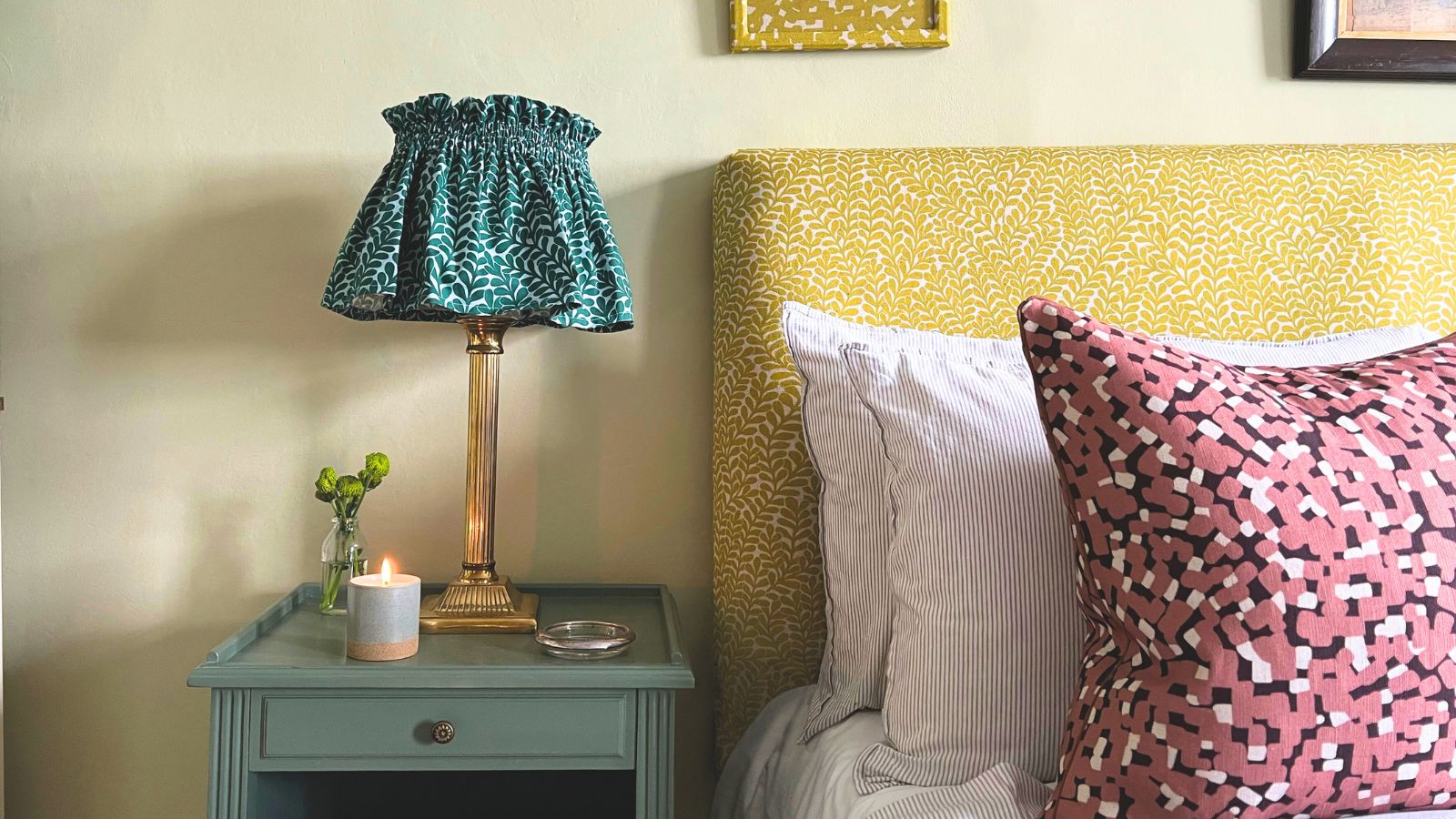 9 things to organize in April 2025 to prepare your home for a season of socializing and warmer weather ahead
9 things to organize in April 2025 to prepare your home for a season of socializing and warmer weather aheadGet sorted now for easier spring and summer get-togethers
By Chiana Dickson Published
-
 6 warning signs it is time to quickly reorganize your closet and make stressful mornings easy to navigate again
6 warning signs it is time to quickly reorganize your closet and make stressful mornings easy to navigate againIt is not a ‘once-and-done’ task, experts reveal
By Chiana Dickson Published